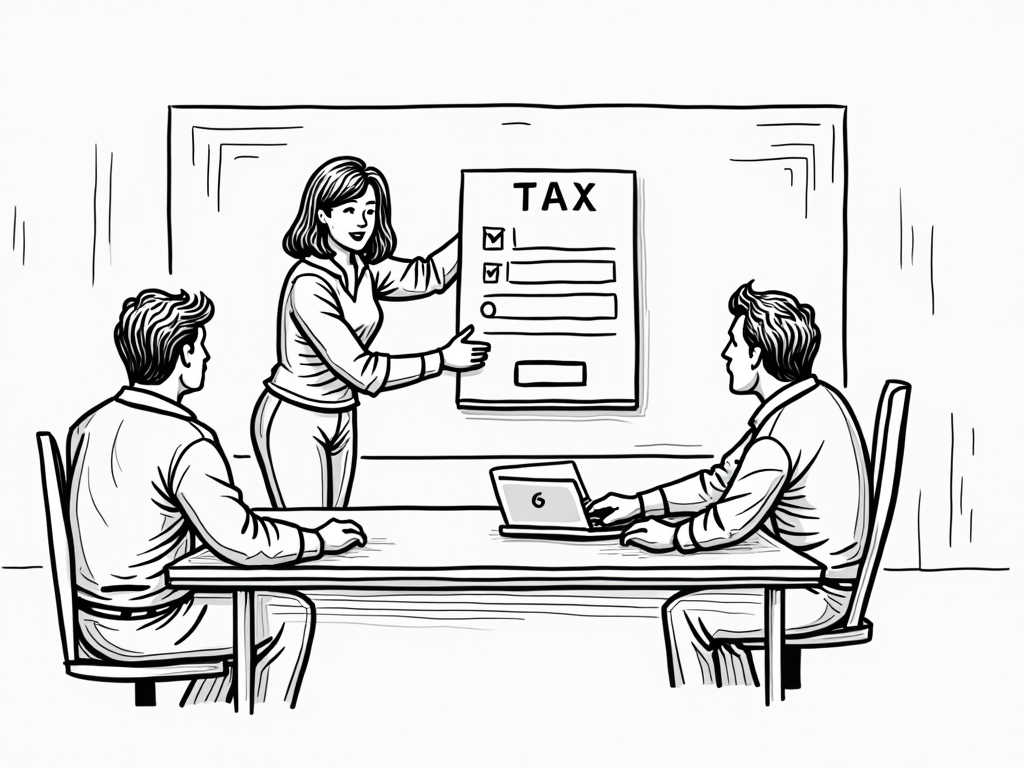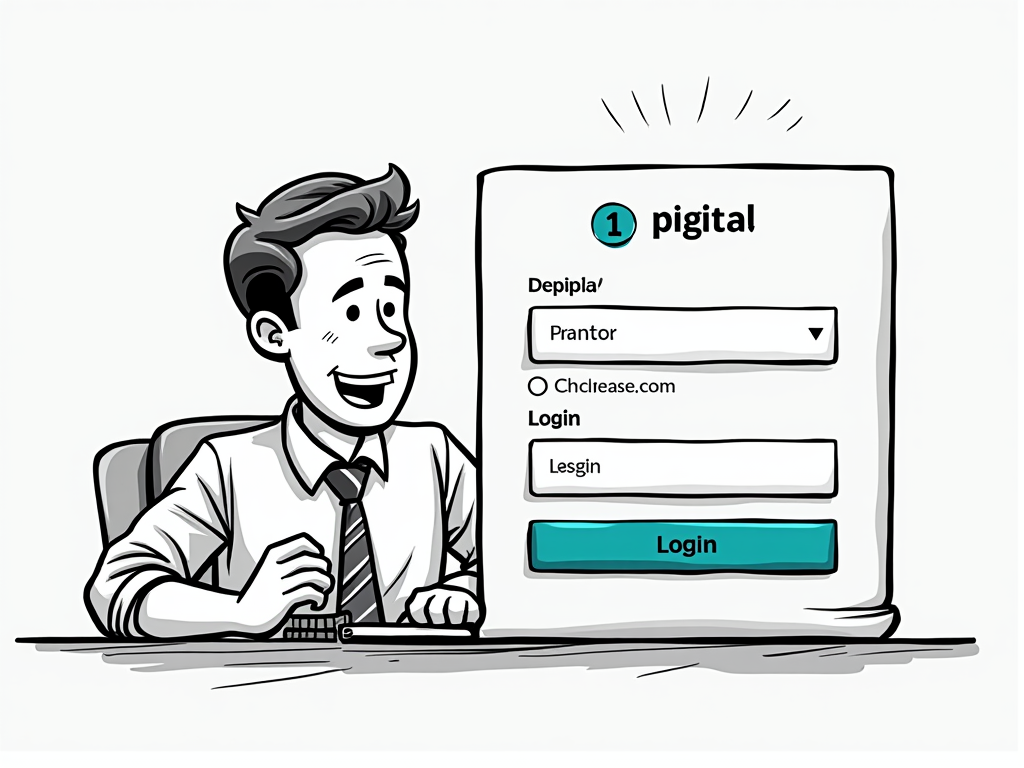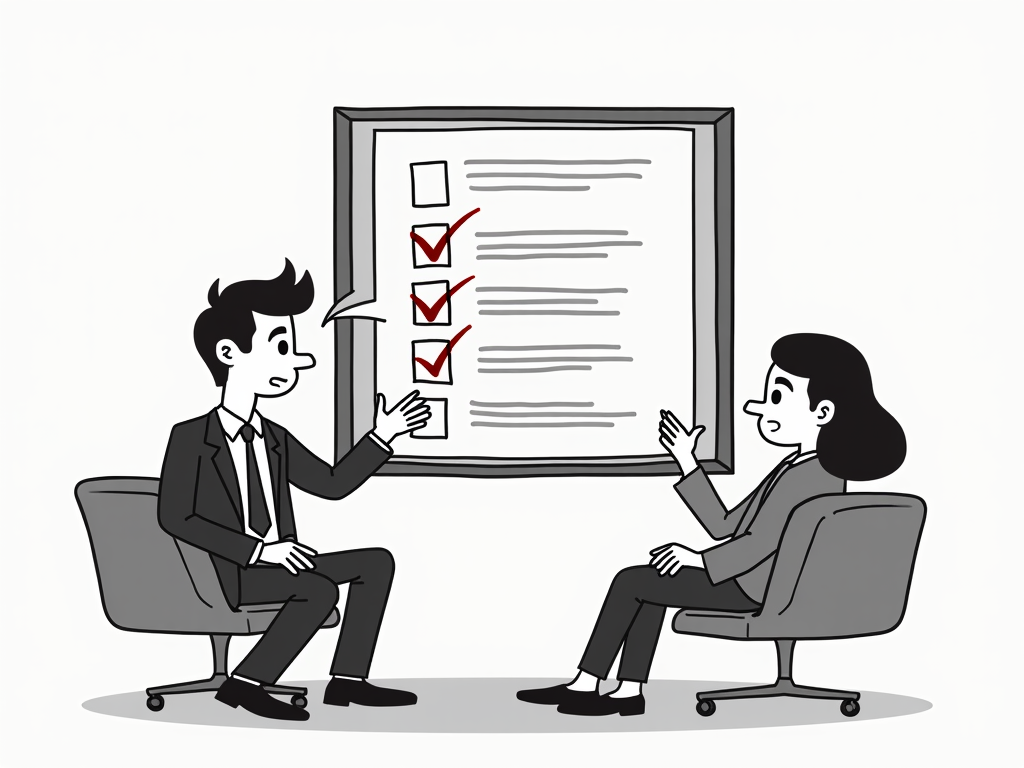
The Ultimate Guide to EU VAT One-Stop Shop (OSS) for French Online Sellers
Reading time: 12 minutes
Table of Contents
Introduction to the EU VAT OSS System
Ever felt overwhelmed by the complexities of managing VAT across multiple EU countries? You’re not alone. The European Union’s VAT landscape has historically been a labyrinth of different rates, thresholds, and reporting requirements that could make even the most seasoned accountant’s head spin.
Since July 2021, the EU VAT One-Stop Shop (OSS) has transformed this complex landscape, offering French online sellers a streamlined approach to VAT compliance. But here’s the straight talk: while OSS simplifies the administrative burden, it requires strategic understanding to fully leverage its benefits.
In France, where e-commerce has grown by 15.1% in 2022 according to the Fédération du e-commerce et de la vente à distance (FEVAD), cross-border selling represents a significant opportunity. However, this opportunity comes with the responsibility of VAT compliance across the EU’s 27 member states.
“The OSS isn’t just a compliance tool; it’s a strategic business enabler that allows French e-commerce businesses to scale across Europe without the administrative nightmare of multiple VAT registrations,” explains Sophie Martin, Tax Director at the Paris Chamber of Commerce.
Let’s dive deep into what the OSS means for you as a French online seller and how you can turn this regulatory framework into a competitive advantage.
Understanding the One-Stop Shop
The OSS isn’t a single system but rather three distinct schemes designed to address different business scenarios. Understanding which scheme applies to your situation is the critical first step in your compliance journey.
The Union Scheme
The Union Scheme applies to most French online sellers and covers:
- B2C sales of goods within the EU (when goods are shipped from one EU country to consumers in other EU countries)
- All B2C services to consumers in EU countries where you’re not established
- Domestic sales facilitated through online marketplaces where the goods are shipped from France to French consumers
Quick Scenario: Imagine you’re a Parisian boutique selling artisanal products through your website. You store inventory in both France and Spain. When Spanish consumers purchase from you, the goods shipped from your Spanish warehouse aren’t covered by OSS (they’re domestic Spanish sales). However, when German customers buy products shipped from either your French or Spanish warehouse, these transactions fall under the Union Scheme.
The Non-Union Scheme
While less common for French sellers, the Non-Union Scheme applies to:
- B2C services provided by businesses not established in the EU to EU consumers
This scheme is primarily relevant if your French business has non-EU subsidiaries providing digital services to EU customers.
The Import Scheme (IOSS)
The Import One-Stop Shop (IOSS) is particularly relevant if you sell:
- Low-value goods (not exceeding €150) imported from non-EU countries directly to EU consumers
For many French e-commerce businesses sourcing products from China or the United States, the IOSS provides a streamlined customs clearance process, eliminating the need for your customers to pay import VAT upon delivery – a common friction point in cross-border e-commerce.
Pro Tip: IOSS registration requires appointing an intermediary if you’re not established in the EU, but as a French business, you can register directly, giving you a competitive advantage over non-EU competitors.
Key Benefits for French Sellers
The OSS system offers transformative advantages that extend beyond simple compliance:
| Benefit | Pre-OSS Reality | OSS Improvement | Practical Impact |
|---|---|---|---|
| Administrative Efficiency | Multiple VAT registrations across EU countries | Single quarterly return filed in France | 76% reduction in compliance time (EU Commission estimate) |
| Cost Reduction | €8,000+ annually per EU country registration | One registration cost | Potential savings of €50,000+ for sellers active in multiple markets |
| Competitive Flexibility | Market entry decisions influenced by VAT complexity | Simplified entry into new EU markets | 40% faster market expansion timeframes |
| Cash Flow Management | Multiple payment deadlines to different tax authorities | Consolidated payment schedule | Improved forecasting and financial planning |
| Compliance Confidence | Navigating varying requirements in different languages | Familiar French tax interface | Reduced risk of non-compliance penalties |
Beyond these measurable benefits, the OSS creates strategic opportunities. As Jean Dupont, founder of Lyon-based HomeDecor.fr, explains: “Before OSS, we limited our marketing to three EU countries where we had VAT registrations. Now we sell to all 27 member states without hesitation, opening up markets that were previously inaccessible due to compliance barriers.”
Registration Process for French Businesses
Eligibility Requirements
To qualify for the OSS as a French seller, you must meet these criteria:
- Have a valid French SIRET number and VAT registration
- Conduct B2C cross-border transactions within the EU
- For the Union Scheme: be established in France or another EU member state
- For the IOSS: sell goods with an intrinsic value not exceeding €150
Well, here’s the straight talk: Registration is straightforward, but preparation is key. Businesses that invest time in organizing their transaction data before registration experience significantly smoother ongoing compliance.
Step-by-Step Registration Guide
The registration process follows these essential steps:
- Access the French Tax Portal – Log in to your professional account on impots.gouv.fr
- Navigate to the OSS Section – Find “Mes services spécialisés” then “Guichet unique TVA”
- Select the Appropriate Scheme – Choose between Union, Non-Union, or Import scheme
- Provide Required Information:
- Company identification details
- Contact information for the person responsible for OSS declarations
- Bank account details for refunds
- Previous VAT registrations in other EU countries (if applicable)
- Date of commencement of cross-border activities
- Submit the Application – Upon submission, you’ll receive a confirmation number
- Receive OSS Identification – The French tax authority will process your application and provide your OSS identification, typically within 5-7 business days
Practical Roadmap: If you have existing VAT registrations in other EU countries, coordinate your OSS registration with their cancellation. Consider registering for OSS at the beginning of a quarter to avoid the complexity of mid-quarter transitions.
OSS Compliance Requirements
Record-Keeping Obligations
The simplification offered by OSS comes with strict record-keeping requirements. French sellers must maintain:
- Detailed transaction records for 10 years (rather than the standard 6 years for domestic transactions)
- Information that allows tax authorities to verify the correctness of your OSS returns, including:
- Proof of customer location (minimum 2 non-contradictory pieces of evidence)
- Detailed breakdown of sales by destination country and applicable VAT rates
- Records of returns, refunds, and cancelled transactions
- Documentation supporting the value of goods for IOSS transactions
These records must be provided electronically upon request from any EU tax authority, even if you’re only registered for OSS in France.
“The most common mistake we see is insufficient evidence of customer location. French sellers often rely solely on billing addresses, which isn’t enough under OSS rules,” warns Pierre Leclerc, VAT Compliance Officer at Deloitte France.
Filing Quarterly Returns
OSS returns follow a standardized quarterly schedule:
- Q1 (January-March): Due by April 30th
- Q2 (April-June): Due by July 31st
- Q3 (July-September): Due by October 31st
- Q4 (October-December): Due by January 31st of the following year
Returns must be submitted electronically through the French tax portal and include:
- Your OSS identification number
- The total value of goods and services supplied during the quarter (excluding VAT)
- A breakdown by destination country
- The applicable VAT rates for each country
- The total VAT amount due per country
Pro Tip: Even if you have no cross-border sales in a particular quarter, you must submit a “nil return” to maintain your OSS registration. Three consecutive nil returns will result in automatic exclusion from the system.
Common Challenges and Solutions
Despite its benefits, OSS implementation presents several challenges for French sellers:
Challenge 1: Marketplace Integration
Many French businesses sell through multiple channels, including marketplaces like Amazon, Cdiscount, and Fnac. These marketplaces often have their own VAT handling mechanisms that must be coordinated with your OSS reporting.
Solution: Develop a clear mapping of which sales are deemed marketplace-facilitated (where the marketplace is responsible for VAT) versus direct sales (your OSS responsibility). Configure your accounting system to segregate these transactions automatically.
Challenge 2: Rate Determination
The EU has over 75 different VAT rates across its member states, with specific product classifications that vary by country.
Solution: Invest in a VAT determination engine that integrates with your e-commerce platform. Solutions like AvaTax or Taxamo can automatically apply the correct rates based on product category and destination. For French businesses with more limited budgets, the EU Commission’s TEDB database provides a free reference for VAT rates by product type.
Challenge 3: Returns and Refunds
When customers return products or receive refunds across quarters, adjusting previously filed OSS returns can be complex.
Solution: Rather than amending past returns, OSS allows you to make adjustments in the current return period. Implement a tracking system that flags cross-border returns and automatically adjusts your next OSS filing.
Real-World Implementation Case Studies
Case Study 1: Mode Parisienne – Fashion Retailer
This mid-sized Parisian fashion retailer previously maintained VAT registrations in 5 EU countries, costing approximately €40,000 annually in compliance costs. After transitioning to OSS:
- Reduced compliance costs by 85%
- Expanded to 12 additional EU markets without additional registration burden
- Simplified their ERP system by standardizing tax determination rules
- Redirected 1.5 full-time equivalent staff from VAT administration to customer service
“The transition required an initial investment in systems and training,” notes CFO Marie Rousseau, “but the ROI was achieved within 9 months, and we’ve never looked back.”
Case Study 2: TechNova – Electronics Dropshipper
This Lyon-based electronics retailer sources products directly from manufacturers in China and the US, using IOSS to simplify customer experience:
- Reduced customer complaints about unexpected customs charges by 94%
- Decreased return rates on international orders by 22%
- Improved conversion rates on cross-border transactions by 18%
- Successfully navigated a German tax audit with complete OSS-compliant records
“IOSS transformed our business model,” explains founder Thomas Laurent. “Before implementing it, we couldn’t effectively compete with local retailers in many EU markets because customers would blame us for the customs delays and additional fees.”
Conclusion
The EU VAT One-Stop Shop represents not just a compliance requirement but a strategic opportunity for French online sellers looking to expand across European markets. By centralizing VAT obligations through the French tax authority, the OSS system eliminates the historical barriers that prevented many businesses from exploring cross-border growth.
Successful implementation requires more than just registration; it demands thoughtful preparation, robust record-keeping systems, and continuous monitoring of evolving VAT rules across the EU. The investment in proper OSS implementation pays dividends through reduced administrative burden, enhanced customer experience, and new market opportunities.
As you navigate this system, remember that the goal isn’t perfect compliance from day one—it’s strategic implementation that grows more sophisticated as your cross-border business expands. Start with solid foundations, prioritize proper documentation, and view OSS as a competitive advantage rather than merely a regulatory obligation.
Ready to transform complexity into opportunity? The One-Stop Shop awaits.
Frequently Asked Questions
How does Brexit impact OSS for French sellers trading with the UK?
Since Brexit, the UK is no longer part of the EU VAT system, meaning OSS doesn’t cover sales to UK customers. French businesses selling to UK consumers must follow UK-specific VAT rules, which currently require VAT registration for sales exceeding £85,000. For direct-to-consumer e-commerce sales below this threshold, most French businesses can continue selling without UK VAT registration, though import VAT and customs duties may apply. Consider using the UK’s simplified Import VAT Accounting scheme rather than OSS for these transactions.
Can I use OSS for B2B transactions from France to other EU businesses?
No, OSS applies exclusively to B2C transactions. B2B cross-border sales within the EU generally fall under the reverse charge mechanism, where the business customer accounts for VAT in their country. However, be careful with verification – if you incorrectly classify a consumer as a business customer and don’t collect VAT, you’ll be liable for the uncollected tax. Always validate VAT numbers for B2B transactions through the EU’s VIES system and maintain documentation proving business status for each customer.
What happens if I exceed the €150 threshold for IOSS shipments?
The €150 threshold applies to the intrinsic value of goods in each separate consignment, excluding shipping and insurance costs. If a single shipment exceeds this value, standard import procedures apply – the entire shipment falls outside IOSS, and your customer becomes liable for import VAT and potential customs duty upon delivery. This creates a poor customer experience, so many French sellers either split high-value orders into multiple shipments under €150 each or maintain strategic EU-based warehousing for higher-value products to avoid import processes entirely.


